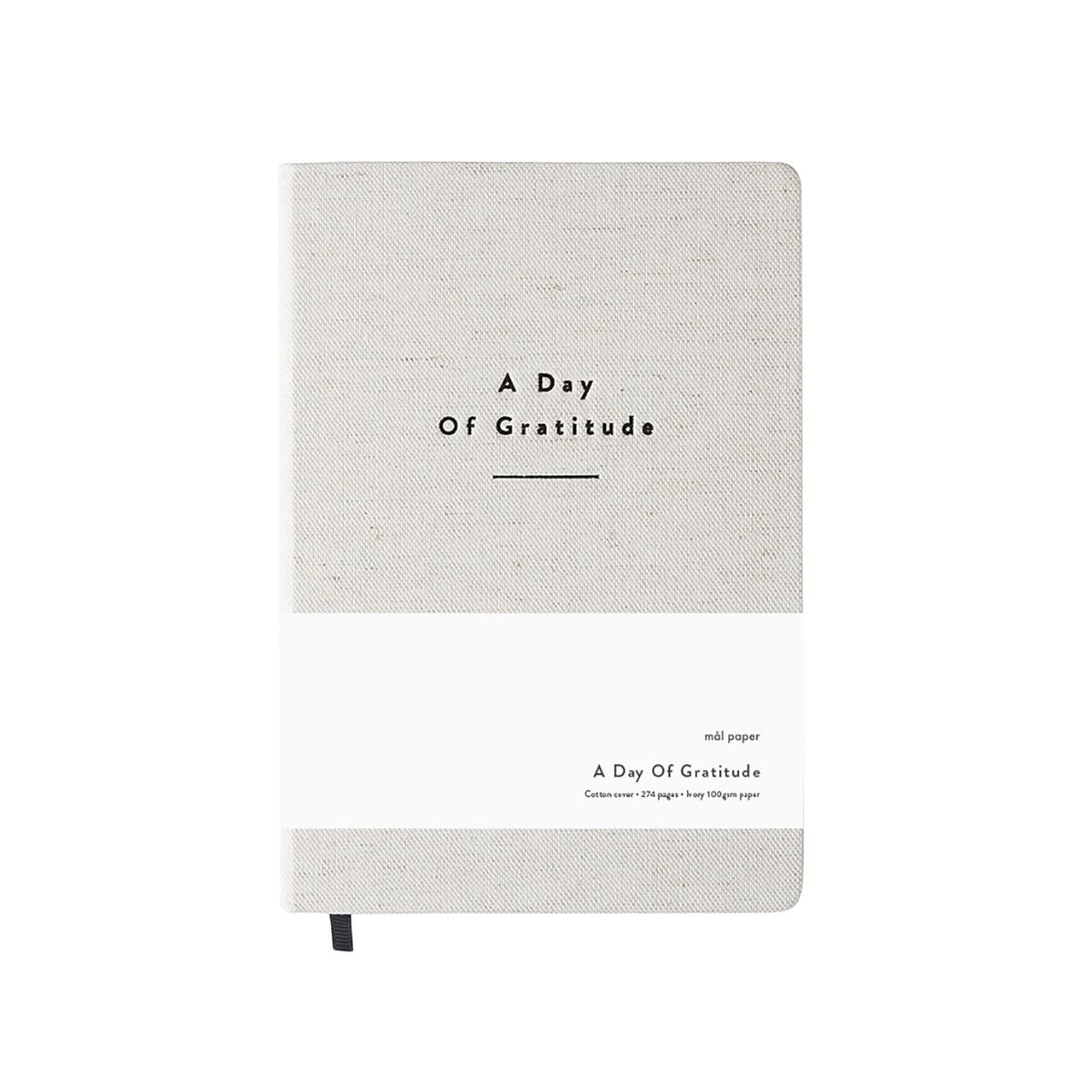TikTok’s "Three Bite Rule" Trend Claims to Be a Mindful Eating Strategy – Here’s Why Nutritionists Warn Against It
The bite‑sized TikTok trend experts are spitting out.


It wasn’t so long ago that Ozempic felt like the quiet vice of Hollywood, reserved for stars who’d historically spent decades shrinking themselves for the camera. But in the past two years, the drug has slipped into far more ordinary spaces: whispered about at Pilates studios, speculated over in group chats, and even discussed across family dinner tables.
Diet culture never dissolved. It simmered - temporarily muffled by the rise of body‑positive influencers and the idea that perhaps, finally, our bodies could just be. But lately, the tide feels as if it’s turning again. From "what I eat in a day" calorie counts to "girl dinner" minimalism, a new wave of thin‑centric content is seeping back into our social feeds. And with it, the "three bite rule" - a viral TikTok trend that claims to be a mindful way to enjoy indulgent foods - has more than 20.5 million posts under the trend.
The premise? You take three bites of whatever you’re craving - say, a slice of cake or a brownie - and then stop. Proponents argue that the first few bites are the most pleasurable and that stopping there helps you “stay in control.” But according to nutritionists, dietitians, and doctors, this rule is neither mindful nor healthy. In fact, they say it’s just another example of an arbitrary social‑media “hack” that can harm your body, mind, and relationship with food.
While you’re here, you might be interested in the benefits of mindful eating, or feast your eyes on Em The Nutritionist's recipes that promise to make healthy eating simple. Plus, don't miss our guides to intuitive eating or what happened when MC UK's Freelance Health Writer Ash Spiliopoulou swapped her morning coffee for a protein-rich breakfast. Recipe hunting? Scroll expert-approved healthy breakfast ideas, healthy snack ideas, healthy smoothie recipes, plus what to eat after a workout, here.
Seen the three bite rule trending on TikTok? Why top experts are advising you swerve it
What is the three bite rule trend?
On TikTok, the three bite rule is presented as a simple way to have your cake and eat it. The trend is often credited to creator Angela Renee, who claims the practice helps maintain her 90 lbs weight loss and mental wellbeing. She takes three bites of a meal (or three sips of a drink) before throwing what's left away. "I don't expect everybody to understand," she often reminds her viewers.
The idea taps into a known psychological phenomenon called sensory‑specific satiety or hedonic adaptation - the 2016 finding that our enjoyment of a food often peaks in the first few bites before decreasing. But experts stress that reducing eating to a rigid bite count ignores individual hunger cues, nutritional needs, and the emotional context of eating.
What are the supposed benefits of the three bite rule trend?
Supporters claim the rule:
Celebrity news, beauty, fashion advice, and fascinating features, delivered straight to your inbox!
- Helps avoid overeating calorie‑dense foods
- Allows for “just enough” indulgence without derailing health goals
- Trains willpower and portion control.
However, as GP and holistic doctor Dr Nirusha Kumaran points out, “True mindful eating is appreciating your food and eating consciously, rather than a restrictive approach. The behaviour promoted here is restriction and food wastage, not mindfulness.”
What are experts warning are the downsides?
Dr Kumaran warns that arbitrary food rules can “create a toxic relationship with food,” particularly for younger or more impressionable audiences. “These rules can become internalised and evolve into more serious disordered eating behaviours… There’s also the risk of normalising under‑eating or food guilt.”
Ruth Taylor, nutritionist at Boots Online Doctor, agrees: “Diet fads like the three‑bite rule can lead to poor eating habits and an unhealthy relationship with food… There is a risk that people develop habits that unintentionally creep into healthy, nutrient‑dense food, which could lead to poor nutrition.”
From a clinical standpoint, Dr Bronwyn Holmes of Eden Health describes it as “imbalance disguised as control.” She explains: “True balance means honouring your physiological hunger, understanding your emotional needs, and learning to enjoy food without shame. That won’t come from timed bites or arbitrary limits.”
Studies support this concern. Research from 2024 shows that restrictive food rules - even ones framed as “health hacks” - are associated with increased food preoccupation, binge‑restrict cycles, and poorer mental health outcomes.
Would our experts recommend trying it?
Across the board: no.
Dr Holmes says: “No credible research supports the idea that self‑imposed bite limits improve metabolic health, promote sustainable weight regulation, or enhance mental wellness. If anything, the evidence points in the opposite direction.”
Instead, all three experts suggest alternatives grounded in flexibility, variety, and mindful awareness. Dr Kumaran recommends the 80:20 approach - focusing on whole, nutrient‑dense foods 80% of the time, with 20% reserved for pleasure and spontaneity. Taylor advises instead building meals with slow‑release carbohydrates, protein, and healthy fats to naturally support satiety and reduce cravings.
What is the response on TikTok?
Not everyone is buying into the three bite rule, and some are making that clear with humour. A growing sub‑trend sees creators appearing to follow the challenge, such as taking two small bites of a doughnut, before “the third bite” turns into eating the rest of it in one go. The comment sections are full of applause, with one viewer writing: "This is the only correct way to do this trend."
On Renee's post, her comment section is a cocktail of concern, not just for popularising the trend but also her seemingly nonchalant approach to food waste.
It’s proof that while diet culture persists, so does a healthy dose of scepticism.
The bottom line?
Like most viral food trends, the three-bite rule thrives because it’s simple, shareable, and sparks conversation. But arbitrary rules rarely lead to better health. As Dr Holmes notes, “Sustainable health doesn’t come from shame, fear, or trends. It comes from knowledge, nourishment, and kindness.”
MC UK's recommended products for mindful eating

Daily gratitude has been shown to boost mood, improve sleep, reduce stress and strengthen overall wellbeing - starkly more nourishing than an arbitrary bite-count rule. Used properly, this journal feels a little like a wellness hug in book form: simple, science-backed, and self-soothing. Whether it’s your morning ritual or pre-bed wind-down, it gently shifts focus from what you don’t have to what you can savour.

If the three bite rule is all about restriction, the Always Pan is about expansion - expanding your skills in the kitchen, your enjoyment of food, and the time you spend actually savouring it. This cult‑favourite piece of cookware does the work of eight pans, meaning you can sauté, steam, braise, fry and serve with just one beautifully designed piece. Ideal for throwing together colourful, whole‑food‑packed meals that feel as joyful to prepare as they do to eat. It’s proof that the most nourishing eating habits start long before you sit down at the table.
Is restrictive eating ever beneficial?
While many restrictive diets do more harm than good, there are medically supervised cases where specific restrictions can help, such as elimination diets for gut issues or short-term ketogenic protocols.
As Dr Nirusha Kumaran points out: "There is a difference between clinically guided nutritional strategies and arbitrary restriction. When restriction is used without context, personalisation, or medical supervision, it certainly can cause more harm than good.”
How can someone maintain a healthy balance while trying to lose weight?
Finding balance means allowing room for treats and enjoyment, rather than strict daily limits. Nutritionist Ruth Taylor recommends planning indulgences ahead of time - say, around a holiday or special occasion - instead of nibbling on small bites regularly. She adds that combining healthy eating with physical activity is crucial, noting, “Combining healthy eating with physical activity is important to help maintain muscle mass, which supports a healthier metabolic rate.”

Georgia Brown is a freelance journalist covering fashion, lifestyle, heath and fitness. With bylines in Harper’s Bazaar, Women’s Health, and HELLO! where she formerly held the position of Senior Lifestyle & Fashion Writer, she’s also the co-founder of run club Sunnie Runners and is a devoted marathoner. With a particular love for sustainable fashion and slow living, Georgia can often be found sifting through London's best vintage stores to find the best pre-loved pieces.
